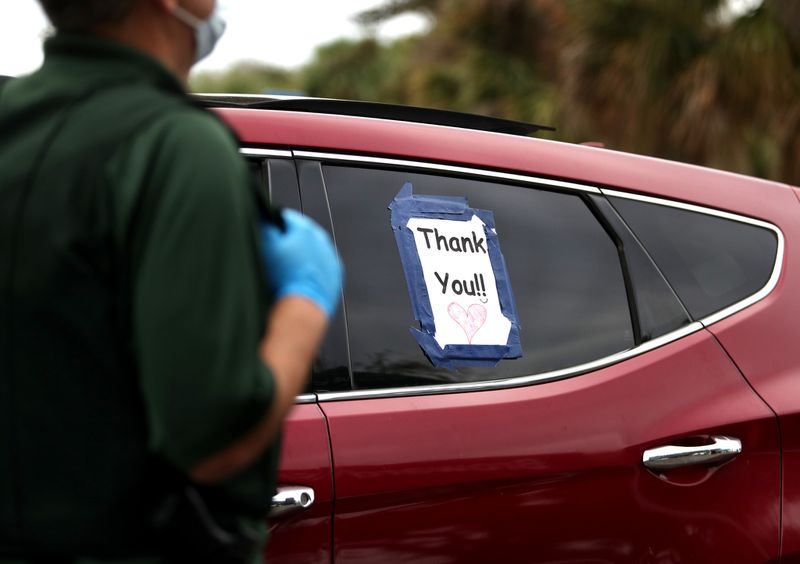‘It’s a perfect storm’: South Florida’s biggest food bank is on the brink of a food shortage
South Florida’s hungriest residents may face a tougher time getting food donations after the holidays. The area’s biggest food bank, Feeding South Florida, is bracing for a post-Christmas food shortage when its federal coronavirus aid dries up at the end of December, the nonprofit’s leader warned on Friday.
Some 8.4 million pounds of produce, dairy, dry goods and meat – about half of Feeding South Florida’s total food supply – will stop flowing to the food bank next week for the first time since the spring, Vélez says. Since April, a CARES Act program had provided about $5 million per month in food to the food bank, but that will expire Dec. 31 without another round of federal funding.
Demand for hunger relief has doubled at Feeding South Florida’s distribution sites from March to November, he says, creating a “perfect storm” of expiring aid slamming up against surging need as the holidays approach.
So far, Feeding South Florida hasn’t turned away any hungry locals. But without relief, Vélez expects that could change by January. “Either fewer people will be getting food or the same amount of people will receive less food,” he says. “Instead of big a variety of 8 to 12 items, maybe you’ll get 3 to 5.”
So dire is Feeding South Florida’s supply that, on Friday, the nonprofit raided its emergency coffers to spend $2 million to buy enough food to plug the shortfall and keep its cupboards stocked.
“There’s about to be a huge, huge need in South Florida,” Vélez says. “What we received from the [U.S. Department of Agriculture] fed an extra 50,000 families. So we’re going to buy $2 million worth of food in bulk today, and that will last us a couple of weeks. We can realistically do that one more time in mid-December and then that’s it.”
From March to November the food bank gave 138.6 million pounds of food to 1.6 million people, more than double the 56.6 million pounds of food it donated over the same period in 2019. Most food is routed to 300 partner food pantries, soup kitchens and rescue missions from Key West to Jupiter. The number of food trailers showing up to Feeding South Florida’s warehouses in Pembroke Park and Boynton Beach has shrunk from 160 in March to 14 last week.
Next week: zero trailers, Vélez says.
Demand for food assistance has jumped from 250 daily clients in April to 600 over Thanksgiving weekend at the Soup Kitchen, a last refuge for the hungry in west Boynton Beach. Executive director Marlene Mejia says the kitchen is “bursting at the seams” with new clients, including migrant workers here for winter crop harvests.
“We’re going to feel the brunt if something happens to Feeding South Florida,” Mejia says. “Folks are going to make a run for smaller pantries and soup kitchens.”
On Friday morning, Broward County Mayor Steve Geller says he started exploring a county relief package for Feeding South Florida using Broward’s leftover CARES Act funding, which also expires Dec. 31. Vélez has separately reached out to county administrators in Miami-Dade and Palm Beach counties.
“It’s hard to underestimate the apocalypse that is upon the hungry residents of South Florida,” says Geller, adding that he personally donated $10,000 to the food bank.
Much of Broward’s CARES Act aid – $340.7 million – went to municipalities, small business grants and rent relief. County administrations will count up how much is left by Dec. 15, after Broward stops accepting applications for relief programs.
“I have no idea how much leftover CARES Act money we have but I know there’s not a lot left in the pot,” Geller says. “At most, it may be able to get [Feeding South Florida] through another couple of weeks, and then what?”
At issue is the expiring Farmers to Families program, in which the Agriculture Department pays farms and food distributors to package goods and supply food banks like Feeding South Florida. Until now, the extra aid kept Feeding South Florida afloat, Vélez says, but the nonprofit’s private and in-kind donations aren’t enough to feed everyone without the food bank’s emergency cash.
Recent survey data from the U.S. Census Bureau shows hunger surging this fall. More than 541,000 adults from Homestead to Palm Beach reported they sometimes or often don’t have enough to eat.
All food pantries are seeing a fall surge in new food recipients. Some 45 percent of all clients are new at Feeding South Florida, mostly laid-off and underemployed restaurant and hotel workers, Vélez says.
“We’re talking about hospitality workers, nonprofits, retail, department stores, the arts, folks just trying to figure out how to pay back rent or mortgage,” he says. “The people that helped put food on everyone else’s table are still struggling to put food on their own table.”
Florida’s unemployment rate plummeted from 14.5 percent in May to 6.2 percent in October. Still, hunger demand is rising, says Alyse Gossman, director of development for Salvation Army of Broward County.
“A lot of people say they’re underemployed and getting reduced hours at work because restaurants aren’t filling to capacity,” Gossman says.
Since October about 70 percent of Salvation Army’s Broward rations have come from Feeding South Florida. Without it, Salvation Army would depend on whatever is collected from holiday red kettle donations at Walmart, Publix, Sam’s Club and Walgreens, she says.
“I don’t want to say we’re desperate, but we’re very appreciative of the [CARES Act] rations at this point,” Gossman says. “It would be a pretty bad situation if that stops.”
Originally published by South Florida Sun Sentinel on December 5, 2020. View original article, here.
Photo credit: Carline Jean / South Florida Sun Sentinel


